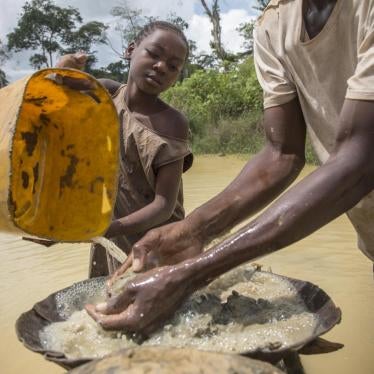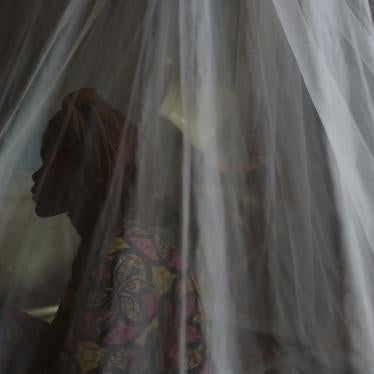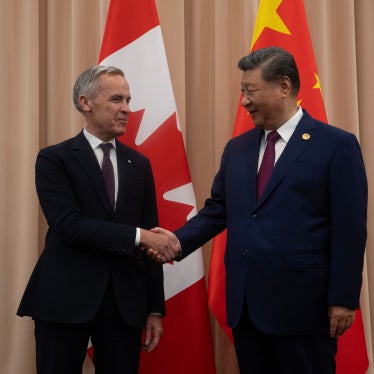An engagement ring has both financial and emotional significance. It symbolizes love and commitment that hopefully will last a lifetime. When Prince Harry chose an engagement ring for Meghan Markle, for example, he wanted it to be special. He designed the ring himself and chose a diamond from Botswana, where he spent time as a child with his mother, Princess Diana, and vacationed with Markle.
For the Royal couple, knowing the origins of the ring makes it all the more precious. But most people who buy an engagement ring have no idea where its gold and diamonds come from, or whether they might be tainted by human rights abuses.
Every year, people spend more than US$300 billion on jewellery and watches, often buying them as gifts for loved ones. But the conditions under which gold and diamonds are mined can be brutal, and in small-scale mining, child labour is common. In Ghana, I met 16-year-old Samuel, who had been working in gold mines since he was 11. He described long grueling hours crushing ore, and how he regularly coughed up blood from breathing in the ore dust. Child miners risk brain damage from exposure to mercury, used to process gold, and some have been injured or died when unstable pits have collapsed.
In countries in conflict, armed groups have murdered civilians as they battle for control over lucrative gold and diamond mines. Elsewhere, mines have polluted rivers and soil with toxic chemicals, harming the health and livelihoods of whole communities.
Globally, there is now a growing recognition that companies have to make sure their supply chains aren’t tainted by abuse. Over the past year, Human Rights Watch has examined some of the world’s largest and best-known jewellers to find out how they ensure their gold and diamonds are produced under conditions that respect human rights. We were disappointed by what we found.
Virtually none of the 13 jewelers we contacted could name the specific mines where their gold and diamonds originate. While most have human rights policies, few tell their customers what this means in practice. Astonishingly, many firms simply rely on their suppliers’ assurances that the gold and diamonds they buy are responsibly sourced. And some have made no commitment to responsible sourcing at all.
It’s not all bad news. Tiffany and Co. sources all of its newly-mined gold from a single mine in the US state of Utah, where it regularly assesses conditions. Companies like Pandora and Christ use recycled gold to avoid the human rights and environmental risks associated with newly-mined gold. For a portion of its gold, Cartier purchases the entire output of a “model mine” in Honduras. The Swiss company Chopard worked with several small-scale mining cooperatives in South America to improve working standards, and now sources part of its gold from those mines. Tiffany., Signet (the parent company to UK high streets chains H. Samuel and Ernest Jones), Bulgari and Pandora each require their suppliers to assess human rights risks in their supply chain, and work with them to address problems.
These practices show what is possible. But none of the companies we looked at fully meet international standards. This is alarming. Every jewellery firm should be able to trace their gold and diamonds to their original mines, and have a process to identify - and respond to - possible abuses in their supply chains – from the mines themselves right down to processing centres, manufacturing plants, and retail shops. They should check their own conduct and that of their suppliers through independent third-party audits, tell customers the names of their suppliers, and report publicly on what they are doing to ensure their minerals and gems are sourced responsibly.
This isn’t just the right thing to do and what international standards require. It is also what consumers increasingly expect. More than a third of millennials say that when buying diamonds, responsible sourcing is the feature they are least likely to compromise on.
You shouldn’t have to be a prince to know the origins of your jewellery. Consumers should ask tough questions when making a purchase. Because however exquisite the piece, you should be confident that its beauty hasn’t cost someone else their health, their home, or their life.










